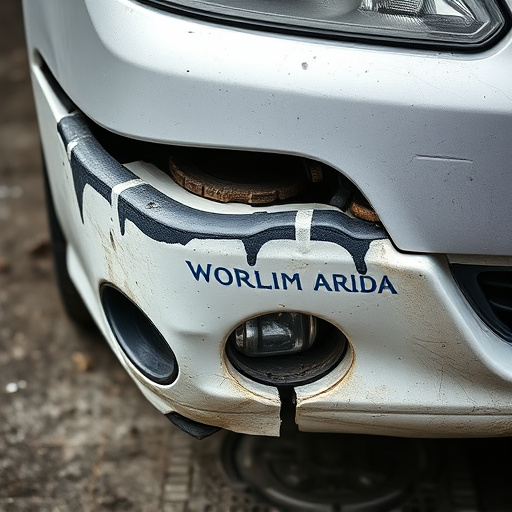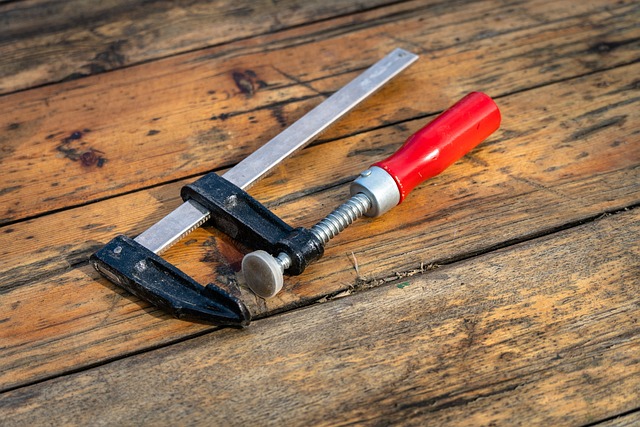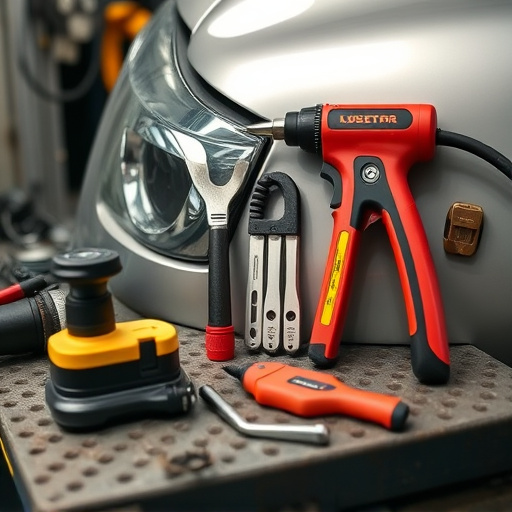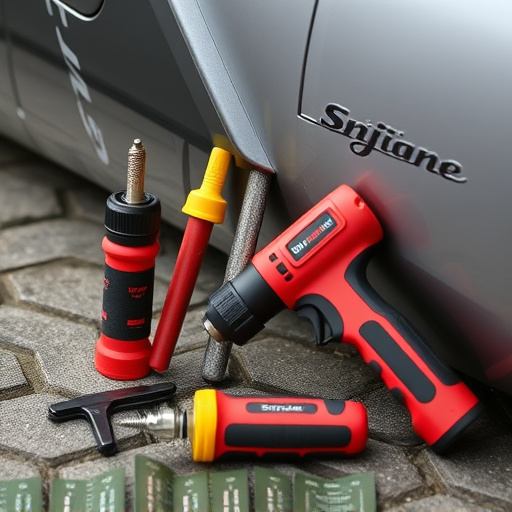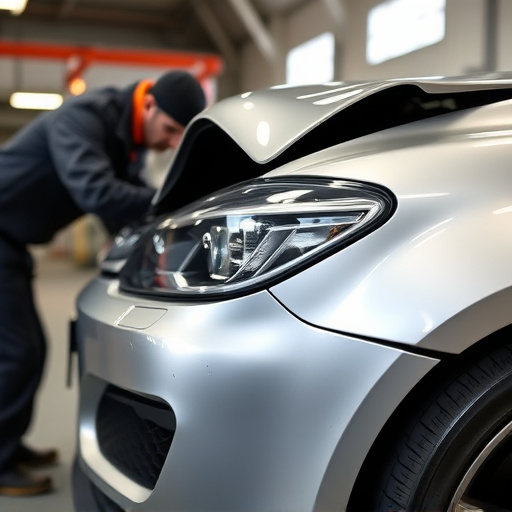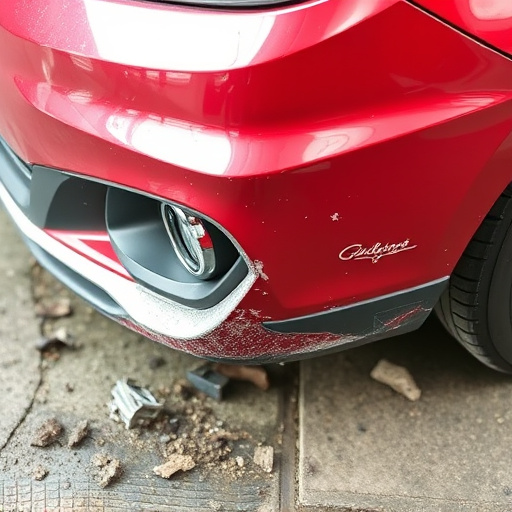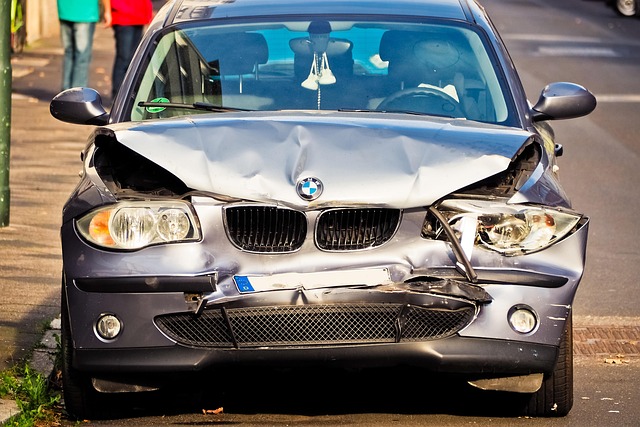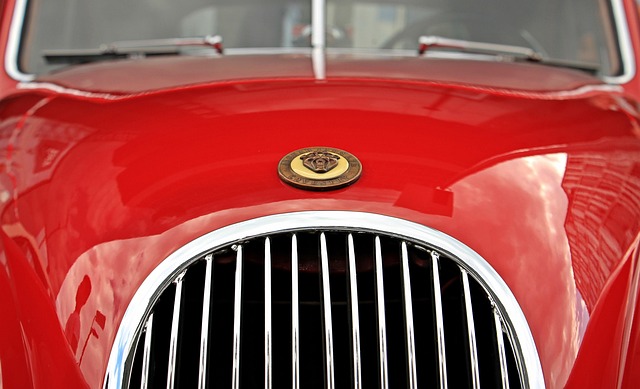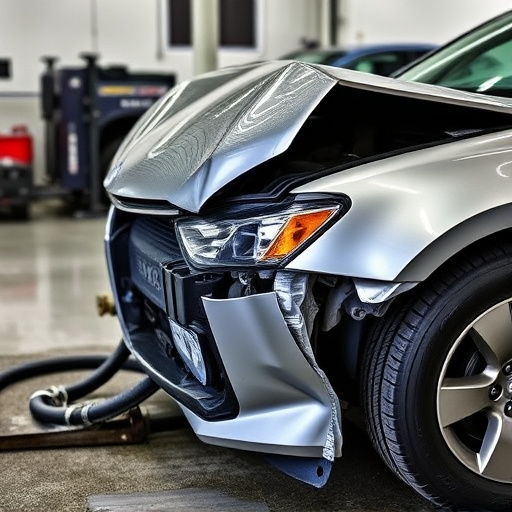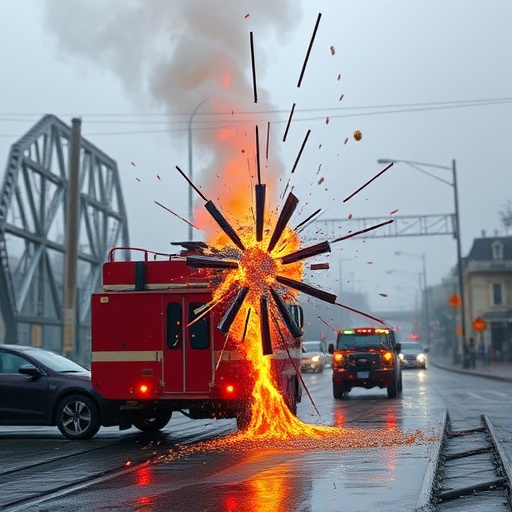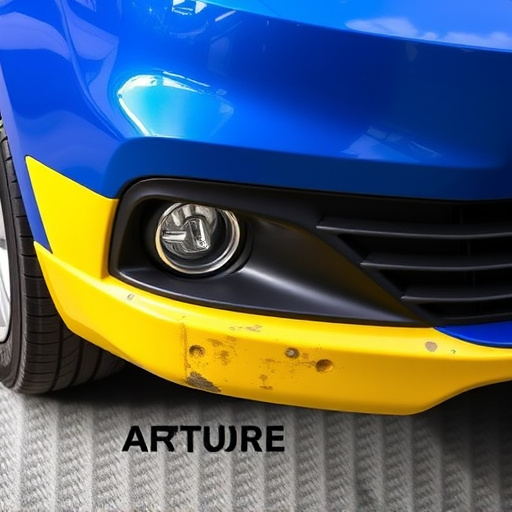In emergency collision repairs, base coat application is vital for achieving high-quality auto body work. It serves as a crucial intermediate layer between damaged surfaces and final topcoats, enhancing adhesion, durability, and aesthetics. The meticulous process begins with cleaning, degreasing, and sanding, followed by precise, thin layers of base coat that dry slightly before each subsequent application. Correct base coat application ensures structural integrity, preserves vehicle value, and provides a durable, visually appealing foundation for auto detailing and fender repair.
In emergency collision repairs, a base coat serves as a crucial foundation, protecting the vehicle’s surface and providing a seamless base for subsequent layers. This article delves into the essential practice of base coat application, guiding professionals through understanding its role, mastering the step-by-step process, and avoiding common mistakes. By adhering to best practices, technicians can ensure superior results, enhancing the overall quality of emergency collision repair services. Learn how to achieve a robust, durable base with efficient base coat application techniques.
- Understanding Base Coat and Its Role in Emergency Repairs
- The Step-by-Step Process of Applying a Base Coat
- Best Practices and Common Mistakes to Avoid
Understanding Base Coat and Its Role in Emergency Repairs

In emergency collision repairs, understanding base coat application is paramount for achieving quality auto body work. A base coat serves as a crucial intermediate layer between the damaged vehicle’s surface and the final topcoat. Its primary role is to provide a smooth, uniform surface that ensures optimal adhesion of subsequent coats, enhancing both durability and aesthetics in vehicle restoration efforts.
The significance of a base coat cannot be overstated, especially when undertaking car bodywork services. It acts as a bridge, allowing for seamless blending of repair areas with the original car bodywork. This is particularly vital in ensuring that the final finish looks uniform and professional, thereby preserving the vehicle’s overall value and aesthetic appeal.
The Step-by-Step Process of Applying a Base Coat

Applying a base coat is a meticulous process that forms the foundation for any successful emergency collision repair job. It involves several precise steps to ensure optimal adhesion and long-lasting results. First, prepare the damaged area by thoroughly cleaning and degreasing it. This step is crucial as it removes any contaminants that might hinder the base coat’s bonding with the car’s surface. Once the area is ready, a primer surfacer is applied to create a smooth, even base, filling in any imperfections left from the initial impact.
After the primer has dried completely, it’s time for the base coat application. This involves using a high-quality automotive paint designed specifically for collision repairs. The paint is usually sprayed on in thin, even layers, allowing each layer to dry slightly before adding the next. This process continues until the desired thickness and coverage are achieved. Careful control of spray pressure and distance ensures consistent results. With proper technique and attention to detail, the base coat acts as a protective barrier, preparing the vehicle for the final finishing touches in auto body work.
Best Practices and Common Mistakes to Avoid

When applying a base coat for emergency collision repairs, adhering to best practices is paramount to ensure structural integrity and aesthetic quality. Start by preparing the damaged area meticulously; this includes sanding, cleaning, and degreasing to create a smooth surface for optimal adhesion. Use appropriate masks and ventilation to safeguard against fumes during application. A thin, even layer is key—avoid over-applying, as it can lead to uneven drying and visible brush strokes.
Common mistakes to avoid include skimping on preparation, which can result in poor base coat adherence. Additionally, hasty application or applying too much base coat can cause flaws like drip marks, runs, or an uneven finish. Remember, a quality base coat forms the crucial foundation for successful auto detailing and effective fender repair, ensuring your vehicle’s restoration is both durable and visually appealing.
In emergency collision repairs, a proficient base coat application is key to achieving durable, high-quality finishes. By understanding the role of base coats and following best practices, technicians can significantly enhance the overall repair process. Mastering the step-by-step process, from surface preparation to curing, ensures optimal adhesion, minimizes defects, and contributes to the final aesthetic appeal of the vehicle. Remember, proper base coat application is a fundamental skill that separates exceptional repair work from ordinary.
